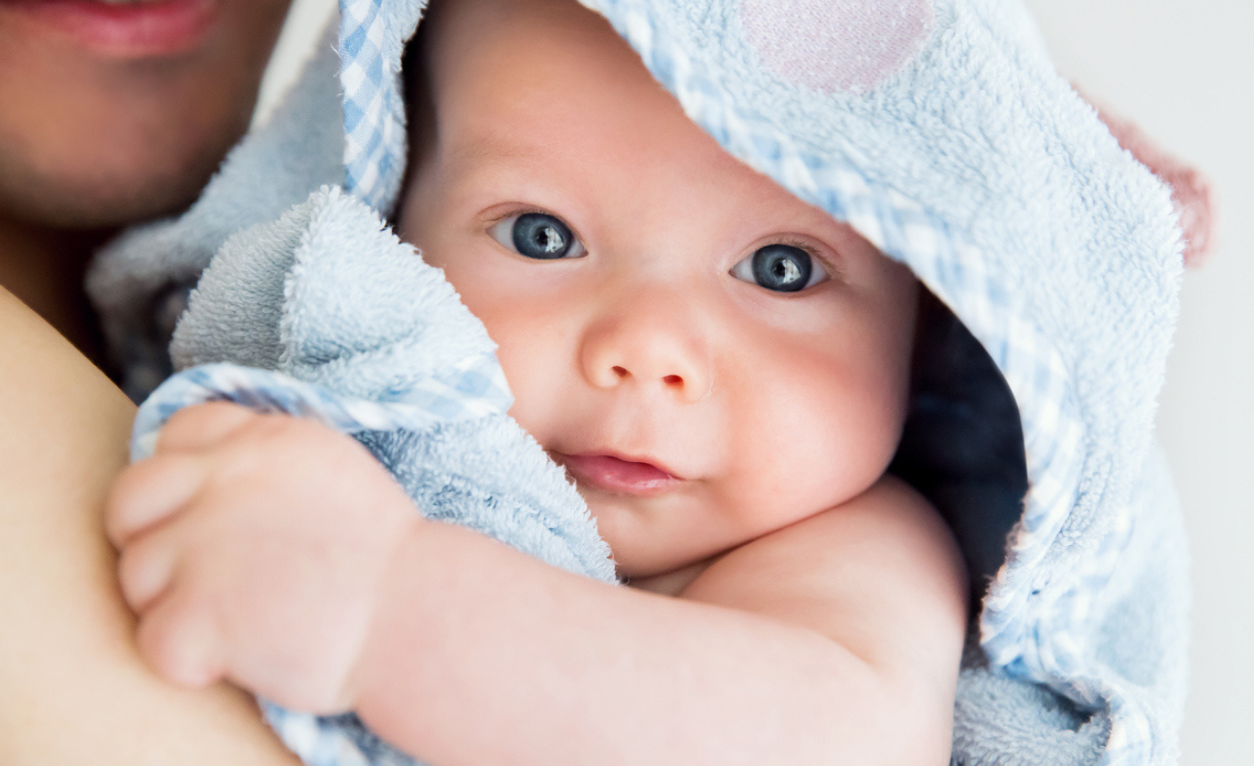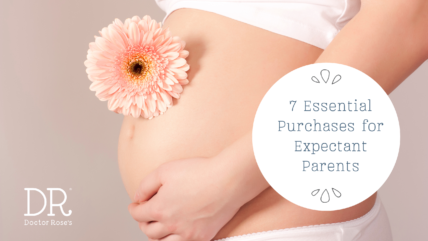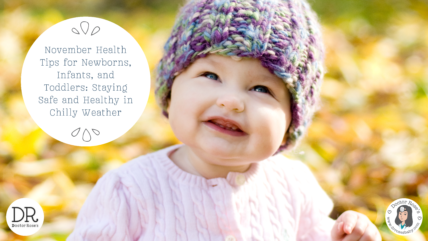Even those who have older children still daydream about the sweet, cuddling moments of motherhood when our baby’s skin feels so soft, looks so smooth and smells so amazing. Although those moments do happen, the truth is, they don’t happen often. Babies, especially newborns, are prone to skin irritations—their skin may appear flaky or dry or have rashes in the most uncomfortable of places.
While you can’t prevent all skin irritations from happening, here some things you can do to make sure your baby’s skin stays as healthy as possible.
How to Keep Baby’s Skin Healthy
Limit Bath Times
Frequent bathing can dry out the skin and rob it of essential oils that protect against infections. Clean the diaper area as needed but limit bath time to just two or three times each week.
Avoid Diaper Rash
Change your baby’s diaper as soon as you notice it is wet. Clean the area with warm water or skin-sensitive baby wipes. If possible, let the area air dry (exposing the skin to air is great!) before putting on a clean diaper—making sure that the diaper isn’t too tight. If your baby seems to get diaper rashes often, you may want to consider using an ointment with petroleum jelly or zinc oxide.
Grab the Moisturizer
Keeping baby’s skin as moisturized as possible is essential—especially for newborns. After your baby’s bath, immediately apply a moisturizer that does not contain fragrances or dyes. You want to apply the moisturizer while your baby’s skin is still wet to prevent the moisture from evaporating.
Keep Baby’s Skin Dry
This may seem like a contradiction after talking about the importance of moisturizer, but you want to make sure that your baby’s skin doesn’t stay damp. Especially around those cute little folds of skin that capture bathwater, drool, or even remnants of milk. Make a habit of periodically wiping down the “folds” and keep drool at bay by having her wear a bib.
Stay out of the Sun
Although sunscreen may be okay for babies older than six months, you should avoid putting it on younger babies. Opt to keep your baby out of the sun as much as possible. Seeking shade or use an umbrella or pop-up tent for protection. You may also want to consider dressing him in protective clothing, including a hat with a brim to cover his face. Note: you want to make sure he doesn’t get overheated.
While most baby skin issues are not serious, you do want to keep an eye out for rashes, bumps, and flaky skin that lasts for an extended time or seems to be causing your baby great discomfort. These could be the signs of something more severe, and you should seek your pediatrician’s advice.
Disclaimer: This blog provides general information and discussions about health and medical issues and is provided as an entertainment and informational resource only. It is not to be used or relied on for any diagnostic or treatment purposes. This information does not create any patient-physician relationship, and should not be used as a substitute for professional diagnosis and treatment. This blog is opinion based and these opinions do not reflect the ideas, ideologies, or points of view of any potentially affiliated organization. The information on this blog may be revised and/or otherwise managed.











Leave a Reply
You must be logged in to post a comment.